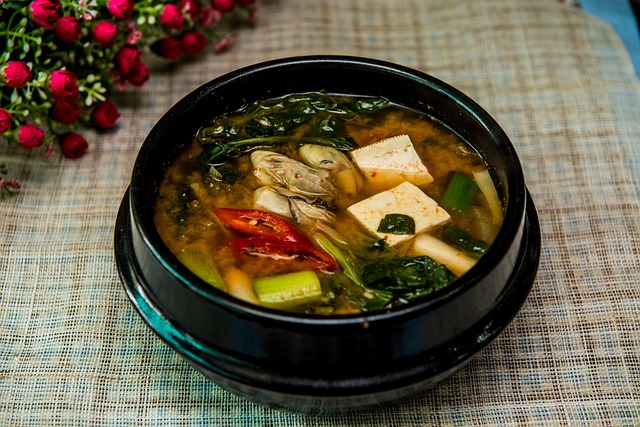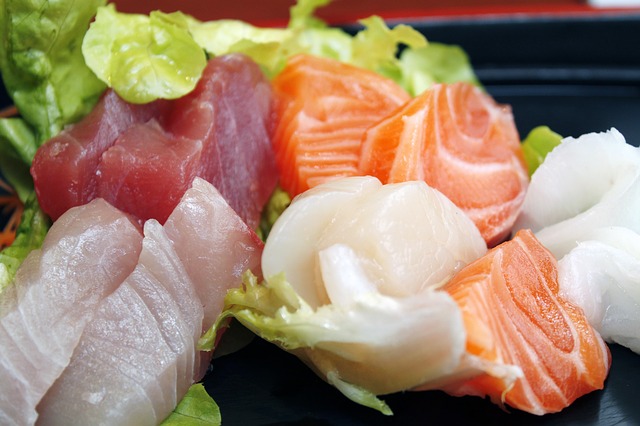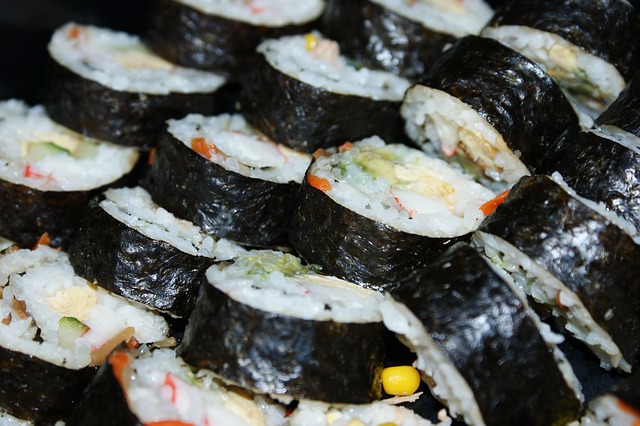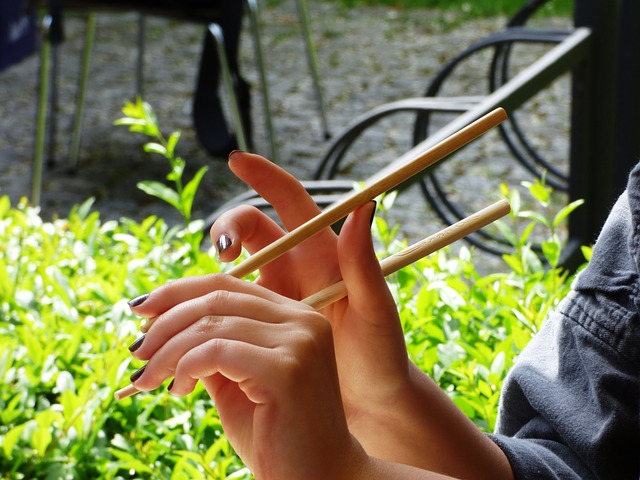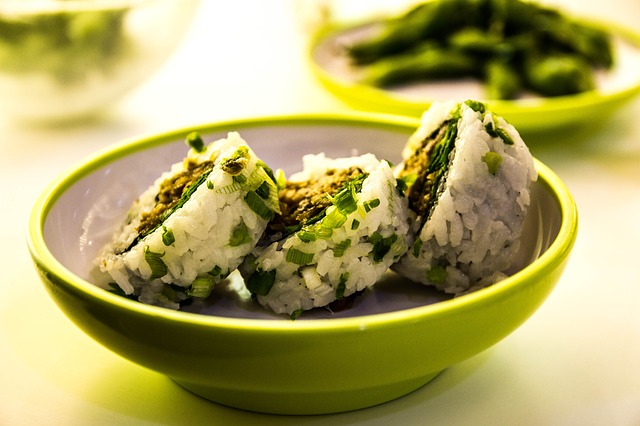First off, the good news is that sushi in general is a GREAT choice when looking to add great tasting low calorie food to your diet. But as with all foods, some dishes are better than others, so why not equip yourself with some tips about the choices you probably SHOULD make when getting your next “all you can eat” buffet?
Here are some simple tips that should leave you satisfied yet still keeping to your diet. Good luck and enjoy!
First up:
–Start with a miso soup before sushi. The hot broth can actually help fill you up without a significant number of calories. A cup of miso soup has less than 75 calories.
– To maximize the benefits of sushi, choose pieces that are rich in omega-3s, the unsaturated fats that protect the heart and boost brain power, like salmon and tuna, which are both low-calorie (40 calories per ounce for the salmon and 42 for the tuna), high in protein and omega-3s, and also deliver a big dose of vitamin D.
– Choose low-cal Wasabi radish which is packed with antioxidants like isothiocyanates, the sharp, smelly-when-heated compounds that give cruciferous veggies like broccoli their anti-cancer punch and you don’t need much to reap the benefits.
– Stay away from the “crunchy rolls” that have been deep-fried to get that golden crust. The less fancy the roll, the better.
– Focus on ordering items that have been steamed or grilled, for example: sashimi is a great choice because it’s literally just the meat of the fish without any rice or extra ingredients.
– Incorporating “veggie rolls” into your Japanese meal is also a great idea and contains items like: fresh cucumbers, avocados, and sea vegetables. Sea vegetables are also a powerful healing food full of nutrients like vitamin K, magnesium, and folate.
– Ask for brown rice sushi instead of regular white rice. That way you get fiber from the brown rice, which is important for maintaining healthy digestion and regular bowel movements. Brown rice is also a great source of manganese, selenium, and magnesium.
– Do ginger. Ginger helps to boost the immune system as an effective antimicrobial and antiviral agent. It is also a good source of potassium, magnesium, copper, and manganese.
– Ask for reduced-sodium soy sauce, but keep in mind that it isn’t “low” sodium. It’s simply 25 percent less salt than regular soy sauce.
– Use chopsticks- generally it may help you eat more slowly than shoveling food in with the very-easy-to-use fork or spoon.
– Ask for items that have no mayonnaise or cream cheese fillings, which isn’t traditional sushi anyway.
– Try dishes with soba noodles, made from the whole grain buckwheat, as Soba is a higher-fiber, higher-protein alternative to traditional white rice.
–Go for sashimi (pieces of raw fish without rice) over maki sushi, which has the fish rolled into rice and seaweed.
-Stick with the proper serving size, which is one roll or six pieces
If you’re hungry for more, fill up on a salad and miso soup.
Ok there you have it. As for the desserts….well you’re on your own, but in a word, DON”T!
SOURCE: Shape Magazine
To receive similar content, “Like” us on Facebook @ https://www.facebook.com/niagarabuzz.ca









